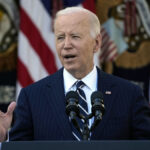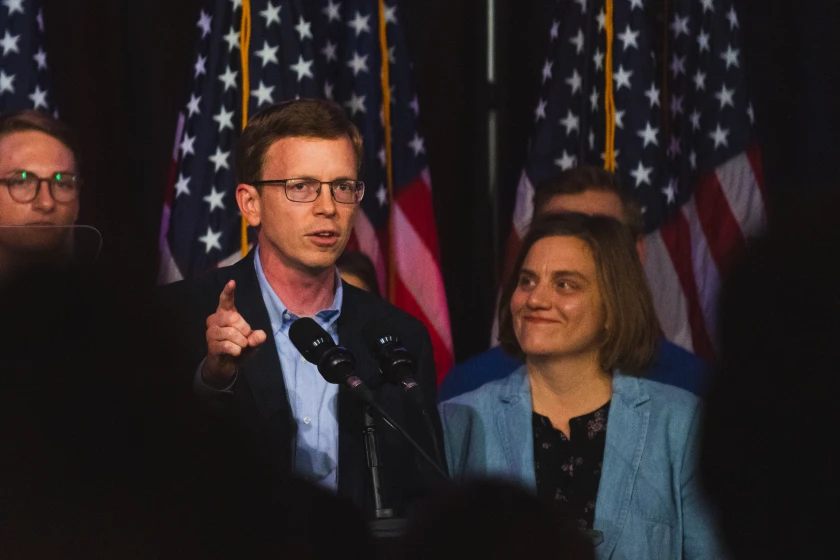In the coming weeks, the debt ceiling song-and-dance will reach a crescendo in the halls of Congress, as the borrowing needed to keep the federal government running hurdles toward a statutory limit on the nation’s checkbook.
For South Dakota’s U.S. Rep. Dusty Johnson, it’s another reminder of the unsustainable pace at which annual deficits have grown in Washington, as the nation currently sits more than $31 trillion in debt.
“In the last decade, we spent $3 trillion just on interest on the debt. No veteran got a new knee with that money. No hungry kid got a school lunch with that money,” Johnson told Forum News Service in an interview this week. “That was just interest on the debt. But in the next 10 years, we won’t spend $3 trillion on the interest on the debt; we will spend $10 trillion.”
According to the Congressional Budget Office, a failure to raise or suspend the debt limit would likely exhaust the government’s ability to issue additional debt between July and September this year.
The result would be economic mayhem, though lawmakers have sought to assure the nation’s financial institutions that the worst will be avoided.
But Johnson and the rest of the House Republicans don’t want to simply raise the credit limit with no strings attached, as Congress has many times over the past decade.
For the House Speaker Kevin McCarthy-led caucus that has made fiscal responsibility one of its central messages during the first few months of its majority rule, the incoming standoff with the Senate and White House over the debt ceiling could become an early defining moment.
This past week, McCarthy unveiled an olive branch of sorts: a set of policies designed to curtail federal spending in exchange for raising the $31.4 trillion debt ceiling.
Source : Dickinson Press





































